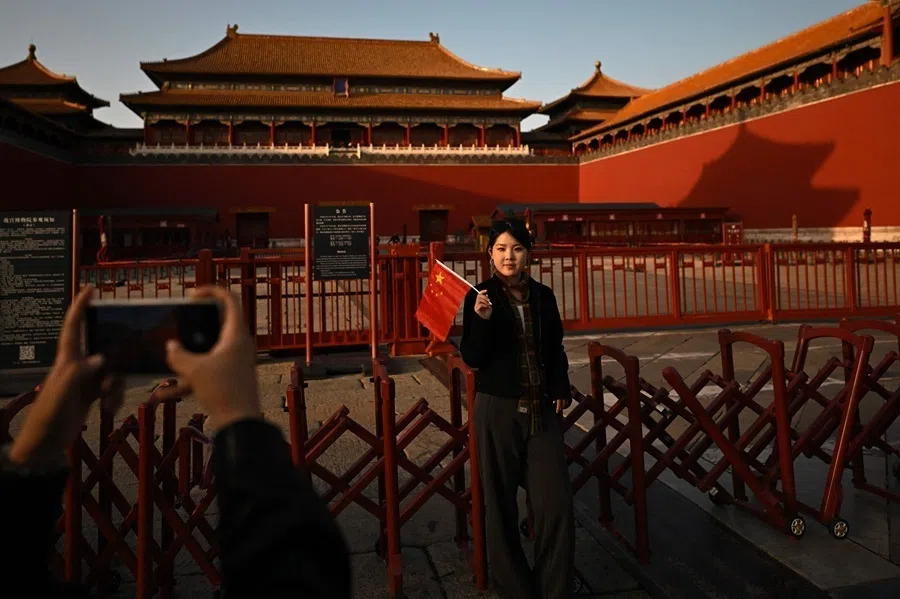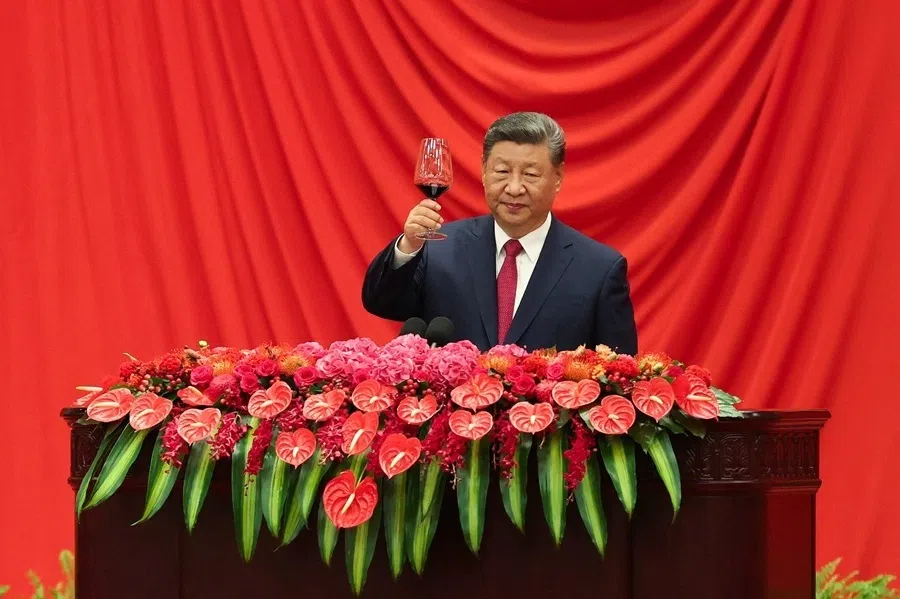China’s trillion-RMB personal debt hangover weighs on banking system
China’s personal lending market is under mounting pressure while banks across the country are scrambling. What began as a slow-burning concern in early 2024 has become an acute worry in 2025, as personal loans slip into delinquency at rates not seen since the 2008 financial crisis.
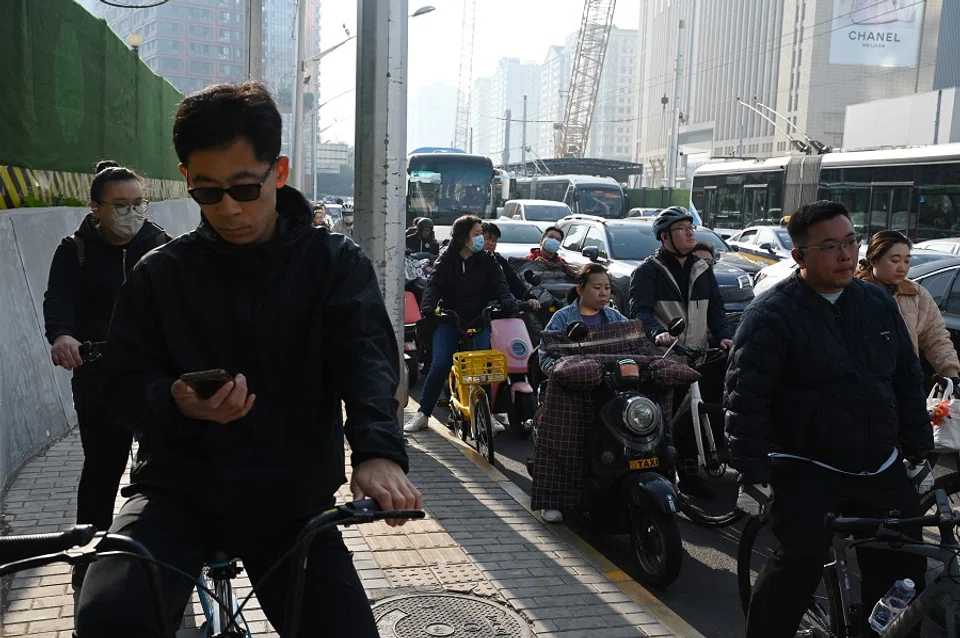
(By Caixin journalists Ding Feng, Liu Ran and Denise Jia)
Every month, as interest payment deadlines approach, the branch manager of a major state-owned bank in eastern China braces himself. He doesn’t wait for clients to show up — he goes to them, often pleading, in his words, “Please, just pay the interest.”
“As long as they cover the interest, the loan doesn’t go bad,” he told Caixin, “That’s all we ask now.”
China’s personal lending market is under mounting pressure. What began as a slow-burning concern in early 2024 has become an acute worry in 2025. Housing mortgages, consumer loans, credit card debt and, most critically, small business loans — collectively known as personal loans — are slipping into delinquency at rates not seen since the 2008 financial crisis.
Banks across the country are scrambling. Once confident in the resilience of retail lending, they are now overwhelmed by missed payments and deteriorating credit profiles. But what makes this crisis especially insidious is that it remains hidden from public view.
Official figures are scarce. According to the People’s Bank of China, household loans stood at 82.84 trillion RMB (US$11.4 trillion) at the end of 2024. Of this, 24.14 trillion RMB was tied to business loans, 21.01 trillion to consumer credit (excluding mortgages) and 37.68 trillion to home loans.
China’s top financial regulator placed the overall non-performing loan (NPL) ratio for commercial banks at 1.5% at the end of 2024, translating to roughly 1.24 trillion RMB in problematic personal debt. But analysts warned the true figure may be significantly higher, as many troubled loans are kept afloat through renewed interest payments or quiet restructuring.
In the first quarter of 2025, non-performing loan transfers surged to 74.27 billion RMB, nearly matching the entire first half of 2024. Of this, 37.04 billion RMB came from personal loans — a staggering 760% jump year on year.
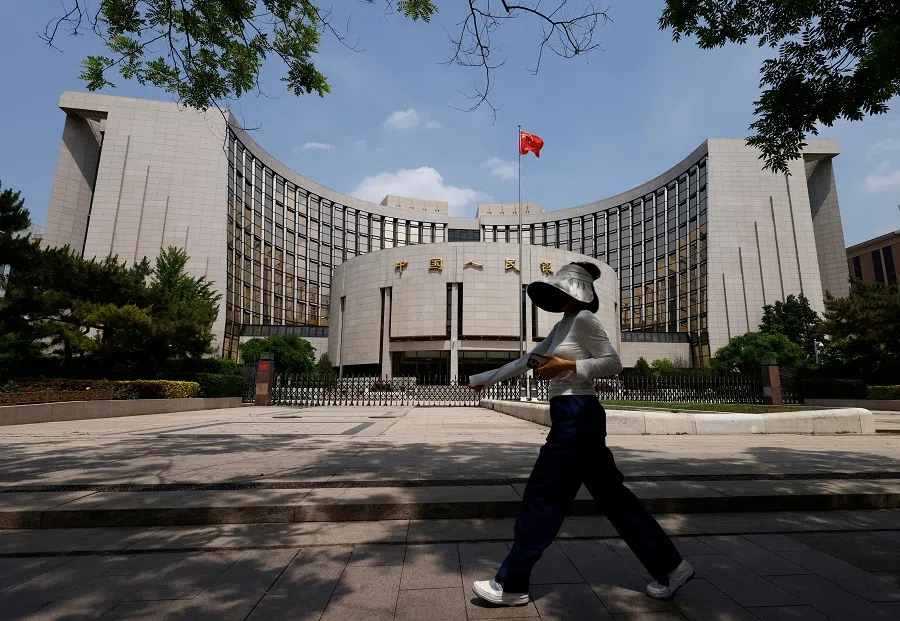
This urgency isn’t just about profitability — it’s about survival. Many banks are racing to offload bad debt. In the first quarter of 2025, non-performing loan transfers surged to 74.27 billion RMB, nearly matching the entire first half of 2024. Of this, 37.04 billion RMB came from personal loans — a staggering 760% jump year on year.
Consumer loans made up nearly three-quarters of these transfers, followed closely by credit card and personal business loans. The volume and pace of these transactions are reshaping China’s distressed debt market.
New players step in
For the first time, China Cinda Asset Management Co. Ltd. — a state-owned national distressed asset management company (AMC) — entered the top ten list of active buyers of personal NPLs, a space normally dominated by smaller, regional AMCs.
“We’ve been watching this space for years,” said an executive from Cinda. “But since 2024, we’ve started moving in.”
Bulk transfers of personal NPLs only began as a pilot in 2021, marking the start of an institutional approach to what had long been a fragmented and opaque problem. Initially limited to only five national AMCs and a handful of regional ones, the market has since ballooned.
But it isn’t just regulatory permission that is driving this growth — it’s the surge in household debt distress.
Cinda sees its role not just in cleaning up bad debt, but in reforming the system. Personal debt resolution, the executive said, is about rebuilding social credit and trust in the financial system.
Not all debt can be sold in bulk. Mortgages and loans backed by collateral — such as homes or vehicles — remain excluded. Policymakers have hinted at expanding the rules, but progress is slow.
Much of the stress is concentrated in China’s smaller cities, where declining populations and excessive housing supply are driving down property prices. Even in wealthier urban areas such as Hangzhou, delinquencies are creeping upward.
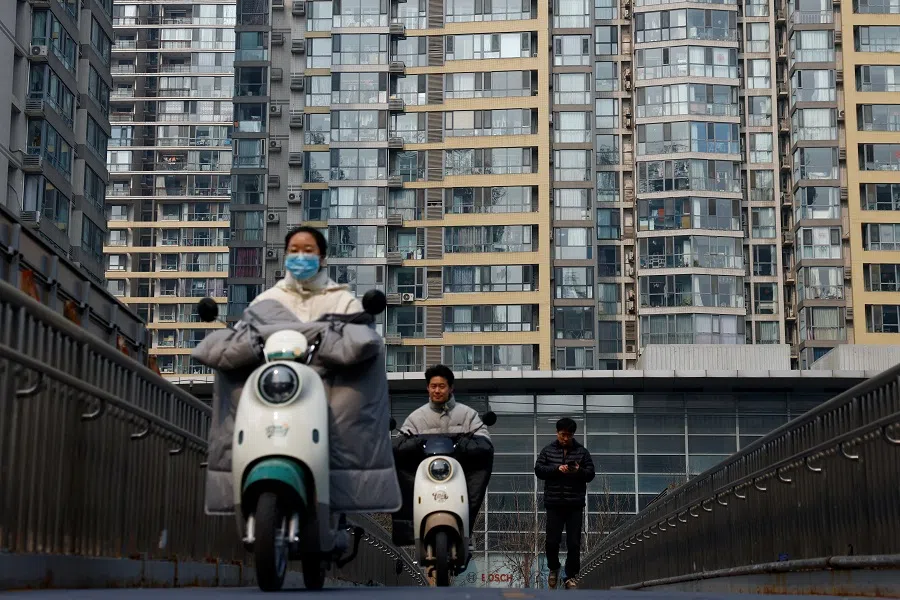
Meanwhile, mortgage stress is quietly rising. Eleven out of twelve major banks reporting detailed data showed increases in mortgage NPL ratios in 2024. Regional lenders such as the Bank of Chongqing and Yibin Bank saw rates rise as high as 3.86%.
Much of the stress is concentrated in China’s smaller cities, where declining populations and excessive housing supply are driving down property prices. Even in wealthier urban areas such as Hangzhou, delinquencies are creeping upward.
More worrying, however, are the small business loans.
Often extended to sole proprietors and small shop owners, many of these loans are often unsecured or backed by personal assets. As the real estate downturn deepened and domestic consumption remained sluggish, many of these businesses failed to generate enough cash flow to service their debts.
State support measures — such as grace periods and renewed loans — have provided only temporary relief, while delinquencies continue to rise.
A senior executive from a large state-owned bank noted that many delinquent business loans stem from self-employed borrowers and small shop owners in sectors such as dining, leisure and entertainment — areas in which China’s consumer recovery has been slow.
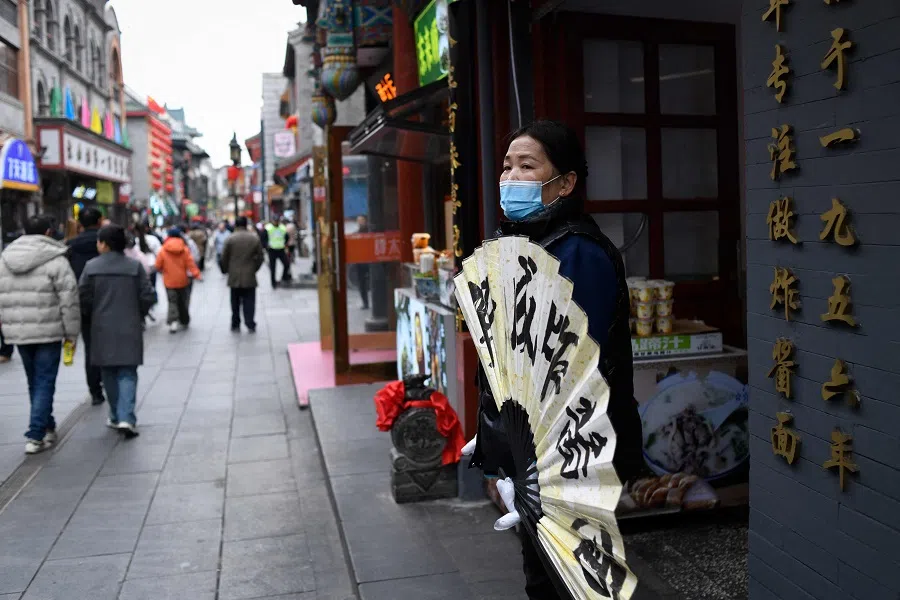
Part of the problem is the nature of China’s stimulus. Programmes such as trade-in subsidies target big-ticket goods like electric cars and home appliances, leaving service sector businesses — such as restaurants, gyms and beauty salons — out in the cold.
Layered on top of this is the geopolitical backdrop. The US tariffs on Chinese exports, especially electronics. has disrupted operations in business hubs such as Dongguan, where countless small factories make components for Western brands.
“The tariffs hit, orders dried up and companies shut their doors overnight,” said the state-owned bank executive.
Faced with cascading defaults, banks are racing to unload bad loans. Strategies include direct collection, legal action and asset transfers, but the sheer volume is overwhelming.
Accelerating bad loan transfer
When personal loans fall overdue, banks typically begin with phone calls and texts urging repayment. If the borrower doesn’t respond within a few months — or disappears — the loan is downgraded from “special mention” to “substandard” or even “loss”. At that point, branches may resort to in-person visits or legal action, delivering court notices directly to a borrower’s last known address.
China’s judicial system is buckling under the load. Courts can only process a fraction of the millions of retail debt cases.
“You prioritise the worst ones,” says a banker from southwest China. “The frauds, the vanishers. You can’t sue everyone.”

So, banks are selling debt instead. The government has opened three channels: bulk transfers, asset-backed securitisation (ABS) and income-rights transfers — all of which are growing.
By the end of 2024, banks had issued 530 ABS products tied to distressed retail loans, covering 1.18 trillion RMB — mostly tied to credit cards and unsecured consumer loans.
Why the focus on ABS? Risk diversification. Buyers include trusts, insurers and even retail investors. Structured properly, junior tranches absorb losses while senior ones get paid.
But ABS issuance is limited to a select list of approved institutions. Small banks and fintech firms are lobbying to be included.
“There’s no flexibility for honest but unfortunate borrowers... Without a personal bankruptcy law, we are stuck.” — a senior AMC executive
Income-rights transfers, by contrast, are simpler and more widespread. These allow banks to retain ownership of the loan while outsourcing collection. Between 2016 and 2024, Chinese banks issued 99 such products, transferring 222.5 billion RMB in bad loans.
Cinda, once focused solely on corporate debt, is now targeting retail seriously. In 2024 alone, it acquired 12 personal debt portfolios from banks such as the China Construction Bank and the Bank of Jiangsu, covering more than 270,000 accounts.
“We’re playing catch-up since 2024,” says the Cinda executive. “The market is too big to ignore.”
Yet the challenges are daunting. Unlike corporate NPLs — large, traceable and often collateralised — personal debt is messy. It involves thousands of small balances, scattered data and emotionally fraught negotiations.
Constraints on debt resolution
Under current rules, neither banks nor AMCs can reduce loan principal in restructuring talks. Interest and fees may be adjusted, but the original sum remains sacrosanct. Critics say this hampers recovery.
“There’s no flexibility for honest but unfortunate borrowers,” said a senior AMC executive. “Without a personal bankruptcy law, we are stuck.”
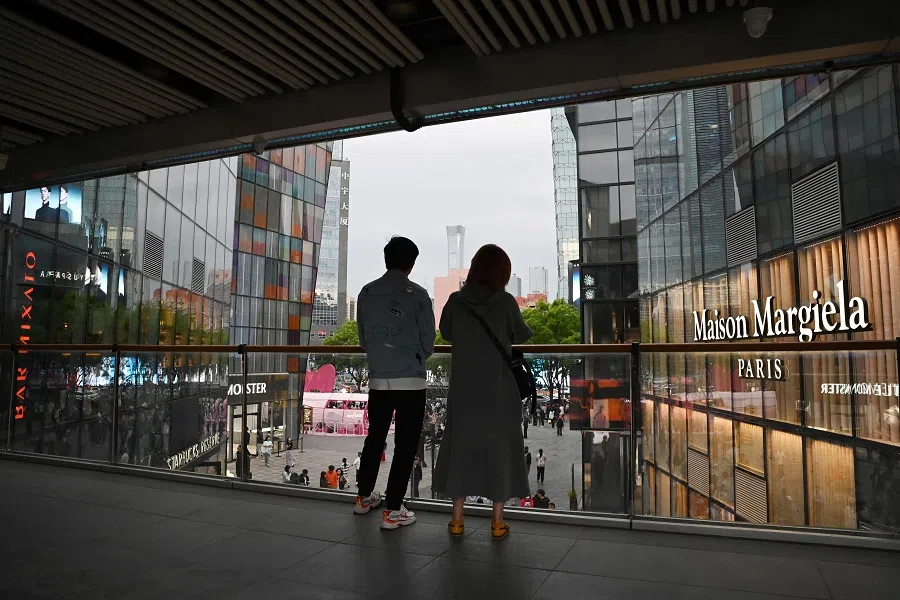
Meanwhile, prices for distressed debt keep falling. In the first quarter of 2025, personal NPLs sold for only 4.1 cents on the RMB.
As defaults rise, some are calling for structural reform. Zeng Gang, director of the Shanghai Finance for Development Laboratory, argued that collateralised personal loans — such as mortgages — should be allowed into bulk transfers, at least under trial programmes. “You can’t manage 80 trillion RMB in loans with patchwork policy,” he said. “We need a national plan.”
For now, the burden falls on local bank branches, calling borrowers one by one.
“We beg them to pay interest,” the bank manager said. “If they can do just that, we call it a win.”
This article was first published by Caixin Global as “In Depth: China’s Trillion-Yuan Personal Debt Hangover Weighs on Banking System”. Caixin Global is one of the most respected sources for macroeconomic, financial and business news and information about China.

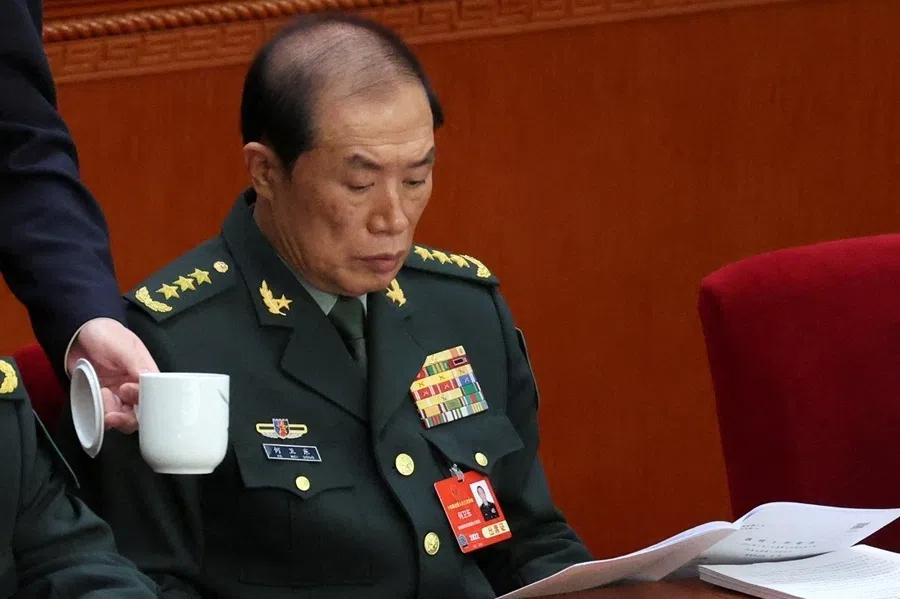
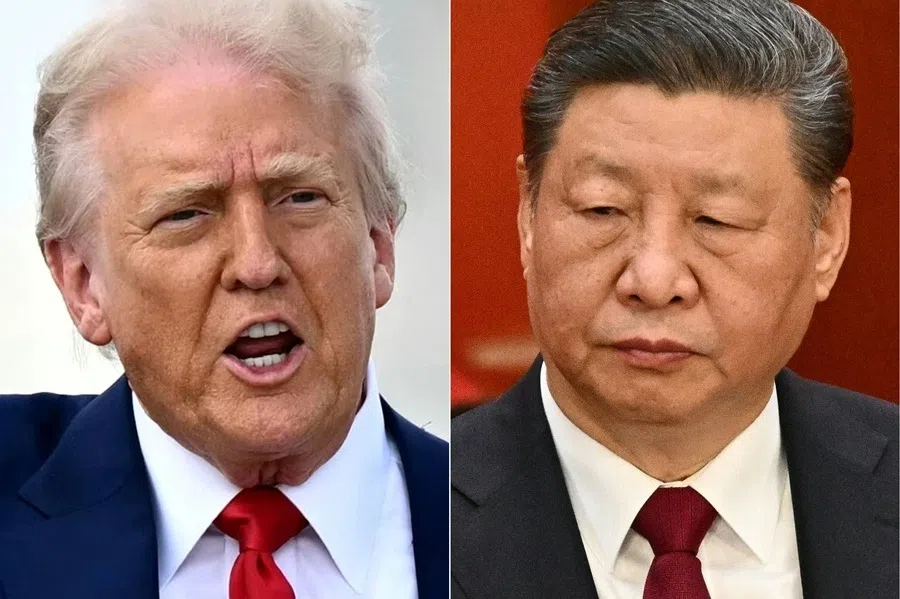
![[Big read] Prayers and packed bags: How China’s youth are navigating a jobless future](https://cassette.sphdigital.com.sg/image/thinkchina/16c6d4d5346edf02a0455054f2f7c9bf5e238af6a1cc83d5c052e875fe301fc7)
